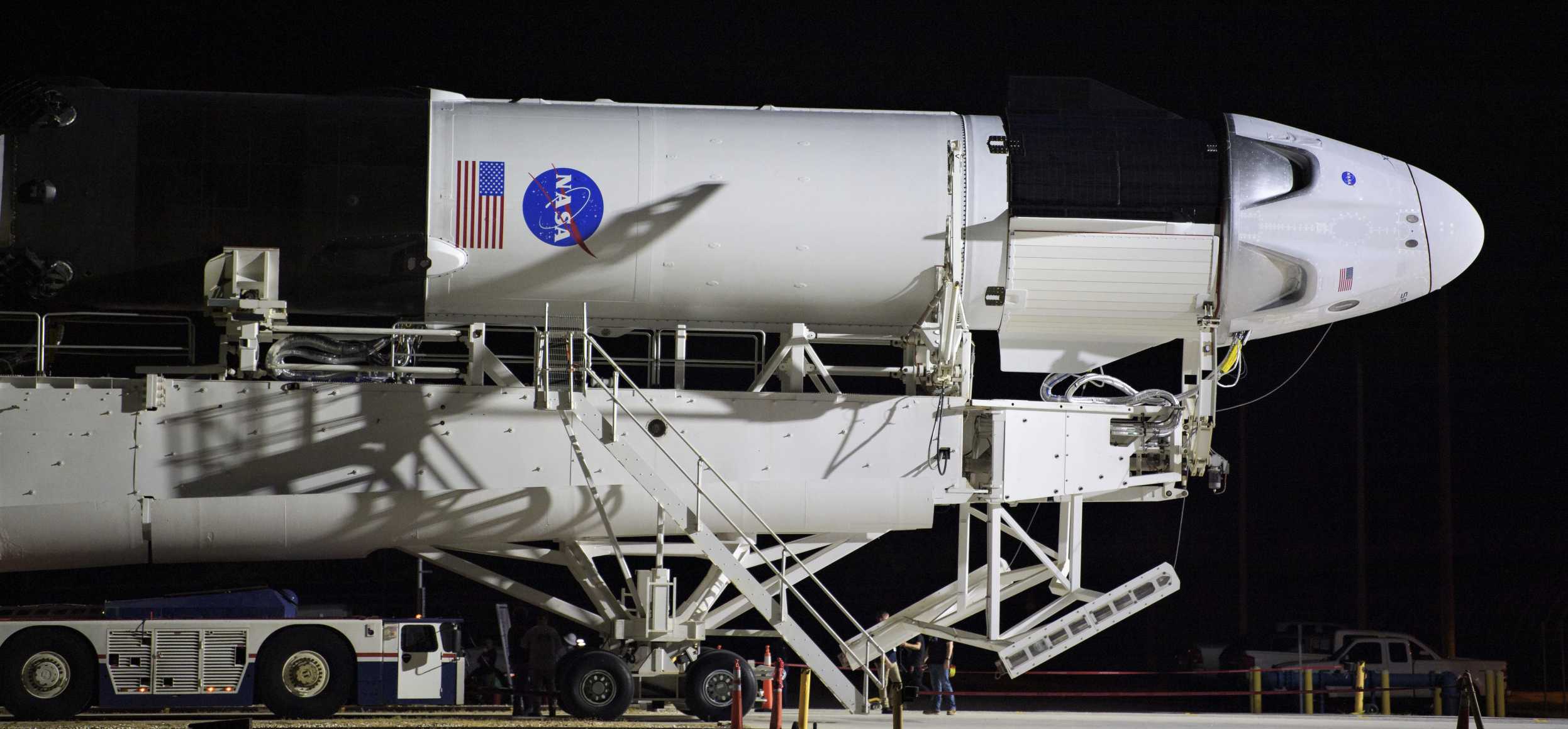
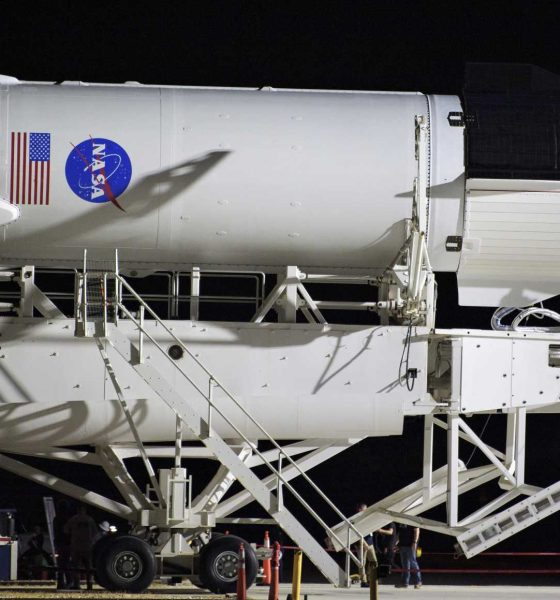
News
SpaceX gets official ‘go’ from NASA for upcoming astronaut launch debut
Days before the final test flight and first crewed flight of SpaceX’s Crew Dragon capsule, Demo-2, representatives from SpaceX, NASA, and the International Space Station met for an intensive Flight Readiness Review (FRR) to determine whether or not the historic mission could proceed toward a May 27th, 2020 launch attempt.
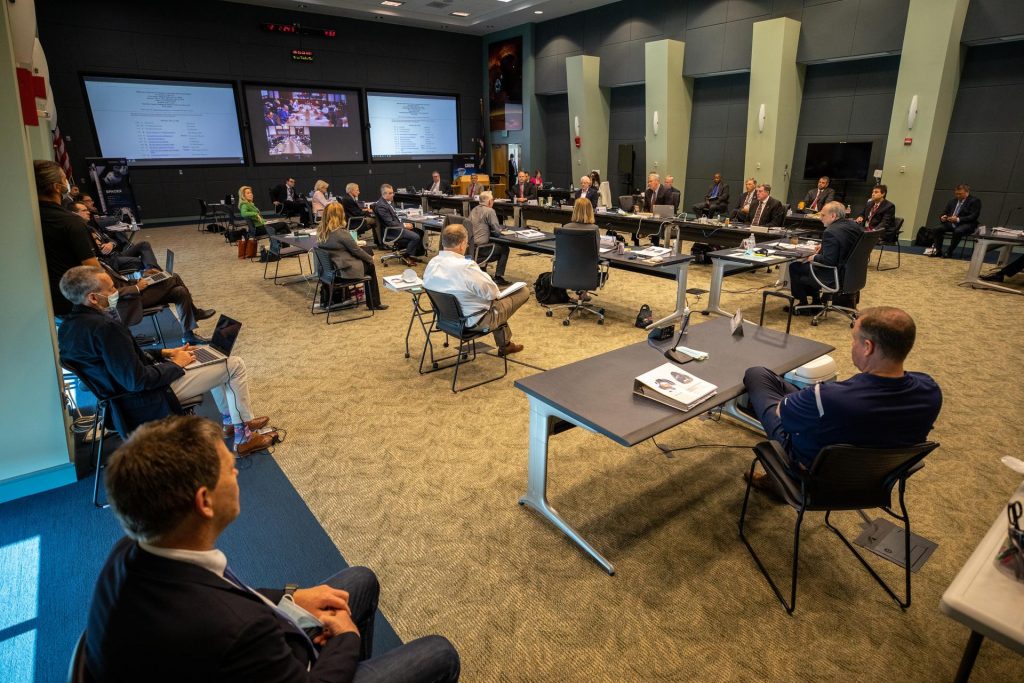
Leaders from SpaceX and NASA such a NASA’s Commerical Crew Program Manager, Kathy Lueders; International Space Station Program manager Kirk Shireman; SpaceX’s director of Crew Mission Management, Benji Reed in conjunction with Russian and Japanese representatives from the International Space Station partnership came together to discuss the findings of previous, specialized reviews, close out any remaining action items, and give the official nod of approval for SpaceX to send astronauts to orbit for the first time. NASA Associate Administrator, Steve Jurczyk, led the review in place of Doug Loverro who recently resigned as chief of NASA’s human spaceflight program.
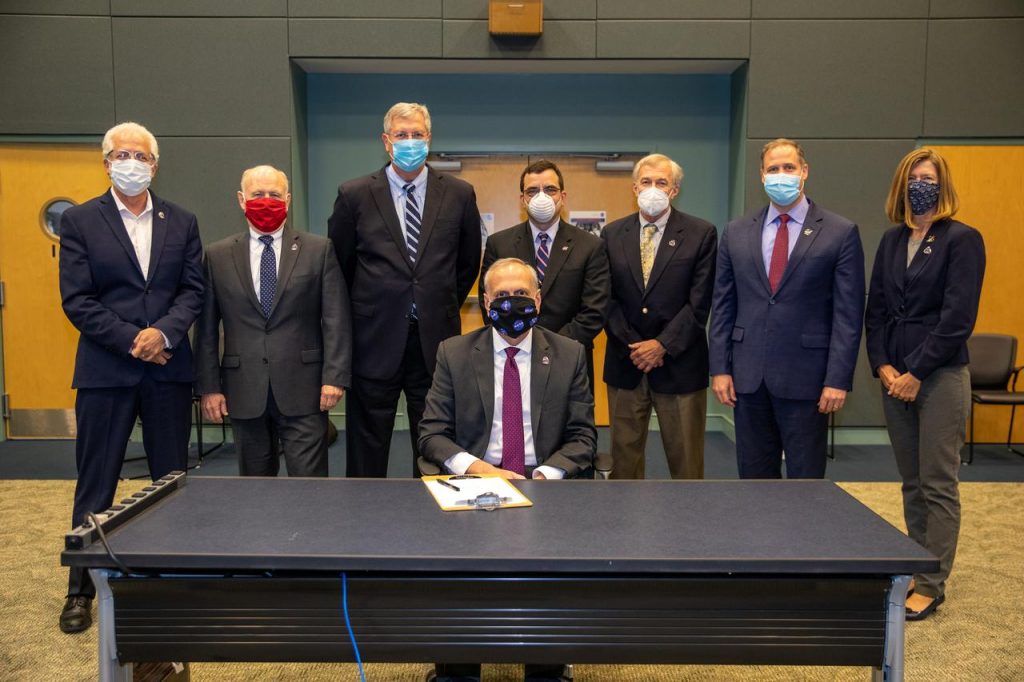
The standard practice joint FRR that occurs ahead of any crew launch comes after a series of previously held independent specialized reviews – such an engineering review of the Crew Dragon capsule and a flight test rate review led by Kathy Lueders and the Commercial Crew Program team. Initially intended to last just one day, the FRR began on Thursday (May 21st), extended to the end of the business day, and continued into Friday (May 22nd). After a day and a half of intensive review and conversation, Steve Jurczyk stated that “We did a thorough review of all of the systems and all the risks, and it was unanimous on the board that we are go for launch.”
NASA administrator, Jim Bridenstine spoke at a post review news conference stating that the FRR was a “time to speak up if there are any challenges and there were. There were conversations that were had that were very important to be had.” He also stated that there are still “a lot of checks to do, but the (flight) readiness review was good and we are a go.”
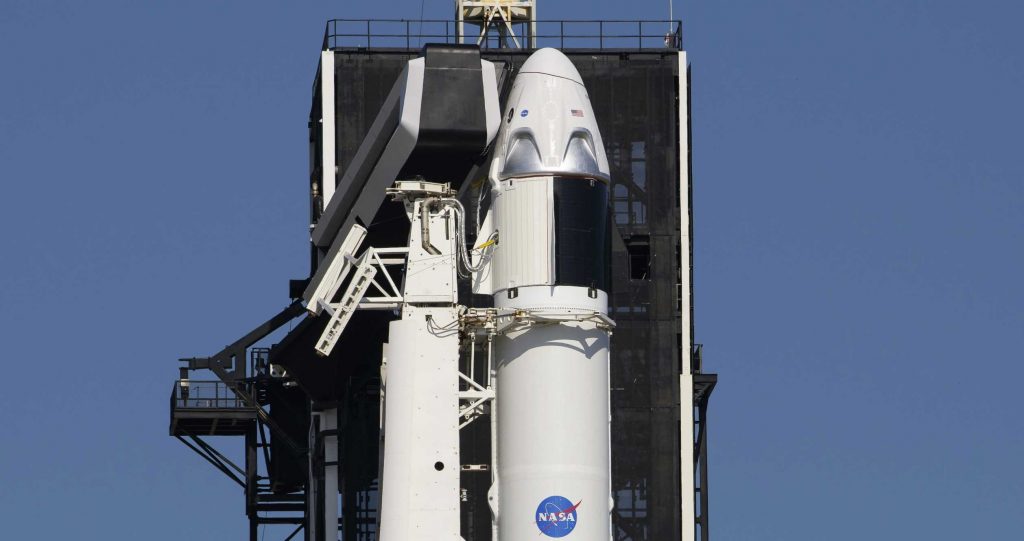
For Demo-2, the successful FRR is a crucial pathfinding step to confirming launch, however not the last. During the follow-up news conference, SpaceX’s Director of Crew Mission Management, Benji Reed, stated that the go for launch is permission to proceed in the launch sequence, but “really it’s a go to the mission,” referring to the fact that Demo-2 is an extended exercise of SpaceX’s entire human spaceflight system. Demo-2 will every step of the sequences from launch, to docking, to returning NASA astronauts Bob Behnken and Doug Hurley home safely. Reed went on to say that “there’ll be constant vigilance and watching of the data and observations as we go through the mission.”
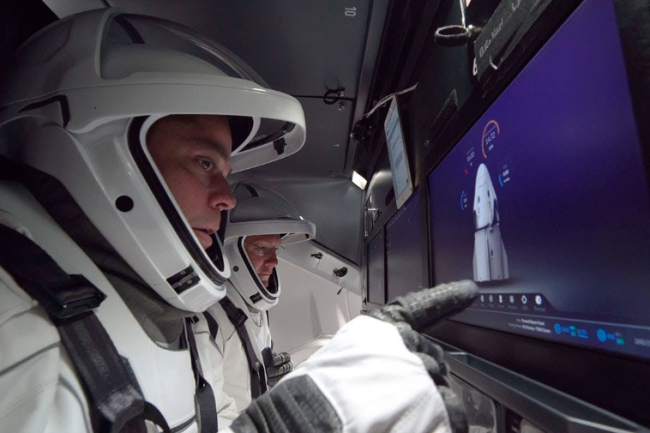
In order to pass this final test flight, SpaceX will have to prove beyond a shadow of a doubt that Falcon 9 and Crew Dragon are more than capable of delivering and returning astronauts safely to and from orbit. Perhaps the most important objective to be met is achieving NASA human rating certification of SpaceX’s human spaceflight system. In response to a question regarding human rating by CNBC reporter Michael Sheetz, Steve Jurczyk stated that the Demo-2 FRR was an “intermittent interim human rating certification review – validated that this system meets the human rating certification requirements for the Demo-2 mission and those requirements feed forward to future missions, including the Crew-1 mission. We will have a final human rating certification review after Demo-2, before the Crew-1 mission, just to certify the relatively small set of design changes between the Demo-2 system and the Crew-1 system, and at that point, we will deem the system human rating certified.”
A few final hurdles Demo-2 had left to clear is the static firing of the Falcon 9’s Merlin 1D engines and a dry dress rehearsal of launch day proceedings scheduled to occur Saturday (May 22nd) to ensure every kink is worked out of the system and everything is ready to go for launch. The dry dress rehearsal will encompass every aspect of launch day, from putting on the spacesuits to climbing into the Crew Dragon capsule. It is expected to end just before propellant loading would begin in the countdown.
Finally, SpaceX is expected to hold its own Launch Readiness Review with appropriate NASA teams in attendance on Monday, May 25th, “to make sure we’re go for each aspect, including go to come home,” as stated by Reed. Upon conclusion, the only thing left to do will be to load the astronauts and launch to the International Space Station, making history for SpaceX once again.

News
Tesla FSD fleet is nearing 7 billion total miles, including 2.5 billion city miles
As can be seen on Tesla’s official FSD webpage, vehicles equipped with the system have now navigated over 6.99 billion miles.

Tesla’s Full Self-Driving (Supervised) fleet is closing in on almost 7 billion total miles driven, as per data posted by the company on its official FSD webpage.
These figures hint at the massive scale of data fueling Tesla’s rapid FSD improvements, which have been quite notable as of late.
FSD mileage milestones
As can be seen on Tesla’s official FSD webpage, vehicles equipped with the system have now navigated over 6.99 billion miles. Tesla owner and avid FSD tester Whole Mars Catalog also shared a screenshot indicating that from the nearly 7 billion miles traveled by the FSD fleet, more than 2.5 billion miles were driven inside cities.
City miles are particularly valuable for complex urban scenarios like unprotected turns, pedestrian interactions, and traffic lights. This is also the difference-maker for FSD, as only complex solutions, such as Waymo’s self-driving taxis, operate similarly on inner-city streets. And even then, incidents such as the San Francisco blackouts have proven challenging for sensor-rich vehicles like Waymos.
Tesla’s data edge
Tesla has a number of advantages in the autonomous vehicle sector, one of which is the size of its fleet and the number of vehicles training FSD on real-world roads. Tesla’s nearly 7 billion FSD miles then allow the company to roll out updates that make its vehicles behave like they are being driven by experienced drivers, even if they are operating on their own.
So notable are Tesla’s improvements to FSD that NVIDIA Director of Robotics Jim Fan, after experiencing FSD v14, noted that the system is the first AI that passes what he described as a “Physical Turing Test.”
“Despite knowing exactly how robot learning works, I still find it magical watching the steering wheel turn by itself. First it feels surreal, next it becomes routine. Then, like the smartphone, taking it away actively hurts. This is how humanity gets rewired and glued to god-like technologies,” Fan wrote in a post on X.
News
Tesla starts showing how FSD will change lives in Europe
Local officials tested the system on narrow country roads and were impressed by FSD’s smooth, human-like driving, with some calling the service a game-changer for everyday life in areas that are far from urban centers.

Tesla has launched Europe’s first public shuttle service using Full Self-Driving (Supervised) in the rural Eifelkreis Bitburg-Prüm region of Germany, demonstrating how the technology can restore independence and mobility for people who struggle with limited transport options.
Local officials tested the system on narrow country roads and were impressed by FSD’s smooth, human-like driving, with some calling the service a game-changer for everyday life in areas that are far from urban centers.
Officials see real impact on rural residents
Arzfeld Mayor Johannes Kuhl and District Administrator Andreas Kruppert personally tested the Tesla shuttle service. This allowed them to see just how well FSD navigated winding lanes and rural roads confidently. Kruppert said, “Autonomous driving sounds like science fiction to many, but we simply see here that it works totally well in rural regions too.” Kuhl, for his part, also noted that FSD “feels like a very experienced driver.”
The pilot complements the area’s “Citizen Bus” program, which provides on-demand rides for elderly residents who can no longer drive themselves. Tesla Europe shared a video of a demonstration of the service, highlighting how FSD gives people their freedom back, even in places where public transport is not as prevalent.
What the Ministry for Economic Affairs and Transport says
Rhineland-Palatinate’s Minister Daniela Schmitt supported the project, praising the collaboration that made this “first of its kind in Europe” possible. As per the ministry, the rural rollout for the service shows FSD’s potential beyond major cities, and it delivers tangible benefits like grocery runs, doctor visits, and social connections for isolated residents.
“Reliable and flexible mobility is especially vital in rural areas. With the launch of a shuttle service using self-driving vehicles (FSD supervised) by Tesla in the Eifelkreis Bitburg-Prüm, an innovative pilot project is now getting underway that complements local community bus services. It is the first project of its kind in Europe.
“The result is a real gain for rural mobility: greater accessibility, more flexibility and tangible benefits for everyday life. A strong signal for innovation, cooperation and future-oriented mobility beyond urban centers,” the ministry wrote in a LinkedIn post.
News
Tesla China quietly posts Robotaxi-related job listing
Tesla China is currently seeking a Low Voltage Electrical Engineer to work on circuit board design for the company’s autonomous vehicles.

Tesla has posted a new job listing in Shanghai explicitly tied to its Robotaxi program, fueling speculation that the company is preparing to launch its dedicated autonomous ride-hailing service in China.
As noted in the listing, Tesla China is currently seeking a Low Voltage Electrical Engineer to work on circuit board design for the company’s autonomous vehicles.
Robotaxi-specific role
The listing, which was shared on social media platform X by industry watcher @tslaming, suggested that Tesla China is looking to fill the role urgently. The job listing itself specifically mentions that the person hired for the role will be working on the Low Voltage Hardware team, which would design the circuit boards that would serve as the nervous system of the Robotaxi.
Key tasks for the role, as indicated in the job listing, include collaboration with PCB layout, firmware, mechanical, program management, and validation teams, among other responsibilities. The role is based in Shanghai.
China Robotaxi launch
China represents a massive potential market for robotaxis, with its dense urban centers and supportive policies in select cities. Tesla has limited permission to roll out FSD in the country, though despite this, its vehicles have been hailed as among the best in the market when it comes to autonomous features. So far, at least, it appears that China supports Tesla’s FSD and Robotaxi rollout.
This was hinted at in November, when Tesla brought the Cybercab to the 8th China International Import Expo (CIIE) in Shanghai, marking the first time that the autonomous two-seater was brought to the Asia-Pacific region. The vehicle, despite not having a release date in China, received a significant amount of interest among the event’s attendees.








